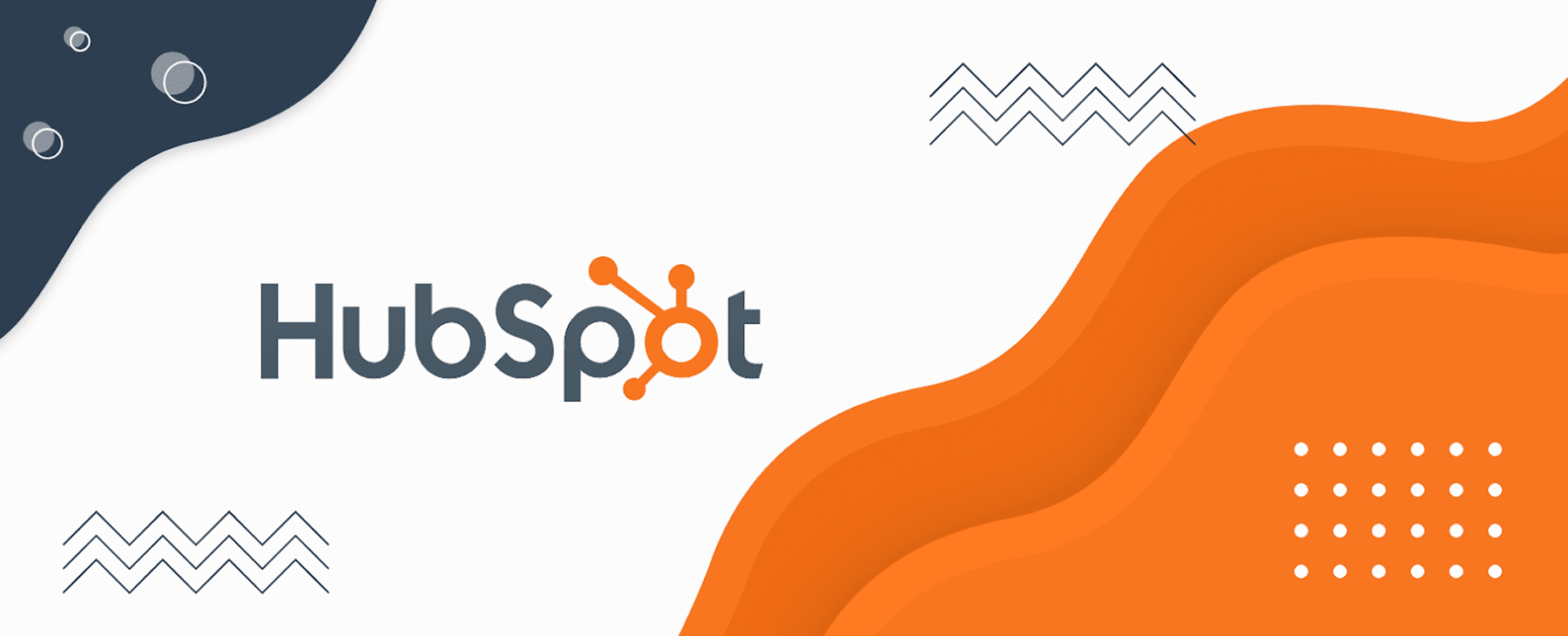![]()
We're a big fan of what HubSpot can do for businesses. Its Customer Relationship Management (CRM) tools are a great way to manage your sales pipeline, track activity, and visualize deals won, lost, and pending.
It provides both an overview and drill-down detail to track contacts, sales activity and keep an eye on individual sales reps' performance. Email tracking, notifications, prospect tracking, and meeting scheduling can happen within the platform – even in the free version.
When prospects engage with you online and clickthrough or fill out a form, it's easy to track their pathway. It's not as easy when they call in.
What Is Call Tracking?
The concept behind call tracking is simple: figure out how callers found your business. Sales and marketing teams need this information to evaluate the success of advertising and marketing campaigns such as inbound marketing. This data is useful for optimizing future campaigns and identifying gaps in marketing efforts.
Call tracking works by assigning unique tracking phone numbers to campaigns. When prospects call the number, it allows you to identify where they came from and how many calls your campaigns generate.
You can incorporate call tracking strategies in two ways:
1. One-to-One Call Tracking
With one-to-one call tracking, you assign a unique phone number to all of your content, including offline marketing materials, such as direct mail or email campaigns.
2. Dynamic Number Insertion (DNI)
Dynamic number insertion, or DNI, places a simple piece of code on your website, landing pages, or your online content. When a visitor comes to the page, the code dynamically replaces the phone number with a unique trackable number tied to the individual visitor.
This feature can capture attribution data as well as session data. When someone calls in, you will already know a little about them – and maybe know a lot – depending on any previous interactions.
For online marketing efforts, DNI has become the preferred method. Using different static phone numbers online will work, but it can also send the wrong message to search engines. Google sees consistency in Name, Address, and Phone Number (known as NAP) as one of its ranking signals. If you use different numbers in different places, it can hurt your search rankings.
Why Log Calls with Your CRM?
Your online marketing efforts can generate a significant amount of data. You can track clicks, session durations, leads, conversions, and more. It's a little more complicated when your online marketing leads to an offline activity like a phone call.
In the old days (BTE: Before The Internet), we used to ask callers how they heard about us. It was notoriously unreliable. Often, people would say they found us in the Yellow Pages. The reason they went to look in the phone book, however, was because of marketing efforts to drive them to find us. Which marketing efforts sent them to the phone book? They don't know.
With call tracking, you know what marketing did the job and got them to pick up the phone. This method results in better customer service, customer experience, and enhances the sales process. By tracking every call and bring customer data with it, you can more accurately address customer needs and help determine the best action to take.
For example, someone who's clicking and calling on an article about a discount offer is probably more of a hot lead and needs to be handled accordingly.
Call tracking can tell if someone's called before and what they called about. It can automate lead scoring to help prioritize calls and route them to the right team.
HubSpot Call Integrations We Love
Integrating your CRM and call management lets you follow the customer journey when a prospect picks up the phone. It helps you track which campaigns drive inbound calls and how the leads convert and answer one of marketing's most important questions: which campaigns deliver the best-qualified leads?
 Option #1: CallRail
Option #1: CallRail
Using the HubSpot API, CallRail integrates HubSpot data and automatically creates new leads from inbound phone calls or text messages and adds activities to existing contact records.
Tight integration allows recorded calls to be accessed directly from the HubSpot platform along with call data, such as:
- Marketing source
- PPC keyword
- Landing page
- Call duration
These features let you measure the ROI of inbound marketing campaigns. Granular reporting of phone calls and texts enables you to track customer lifecycles from the first touch to the most recent interaction. This simplifies lead management with automatic lead and activity creation.
 Option #2: Aircall
Option #2: Aircall
Aircall's cloud-based call center software will automatically log all call information to the correct contact along with a call recording. This feature provides a better customer perspective when deploying your inbound marketing strategies.
Aircall enables every call-related task from a single interface right on your desktop. It turns your device into a sophisticated phone system with one-click calling, call recordings, and all the bells and whistles you need for managing your call center.
Integration with HubSpot can be managed in one click, so your setting and data sync seamlessly. Even when using the mobile application, call data updates in HubSpot. Ensure your sales, marketing, and support teams don't miss critical moments.
 Option #3: Simplii
Option #3: Simplii
With Simplii, CRM information pops to your attention as calls go in our out. Ensure faster lead creation in HubSpot's CRM and automatically keeps your contact information logged and synchronized after each call.
All activity is logged, including conversations from calls, SMS, texts, and video meetings. It's easy to reference past calls within the contact. The Simplii Fusion application provides additional features, such as:
- Power dialing
- Task queues
- Campaign builders
- Trigger automations
- SMS campaigns
Simplii also provides onsite support and lifetime in-person training at no additional cost.
 Option #4 Marchex
Option #4 Marchex
Marchex integration promises to boost your response rates and speed up lead qualification.
It allows you to classify customer intent and measure them against call outcomes. SMS messaging automation can qualify, nurture, and re-engage leads then deliver them seamlessly to the right team for follow-up. Customized triggers can help reactive cold leads.
When a potential customer disconnects before making a purchase or an appointment, a feature called Closed Loop Conversions can track objections and provide alerts about missed opportunities. Help rescue lost sales as they're happening.
Marchex can also integrate call data with bid management platforms for ad tech integration.
The Power of HubSpot CRM and Call Tracking Integration
If you're a HubSpot CRM user, you already know how powerful it can be. Integration with call tracking can take it to the next level. Any of these options above are good choices to power your business.
Integrated with HubSpot, they can help you capture and track data about your prospects and customers as they travel through the customer journey and move from strangers to prospects to customers to promoters. Your HubSpot integration with call center software can:
- Generate better-qualified leads
- Help your sales team increase conversions
- Help your marketing team know what content generates the best returns
There's also a significant payoff for the customer. With the information you collect, you can provide a better customer experience. It helps you track the entire customer journey from the first call from a marketing campaign to closing. It provides the insight you need to provide superior customer service.







No Comments Yet
Let us know what you think